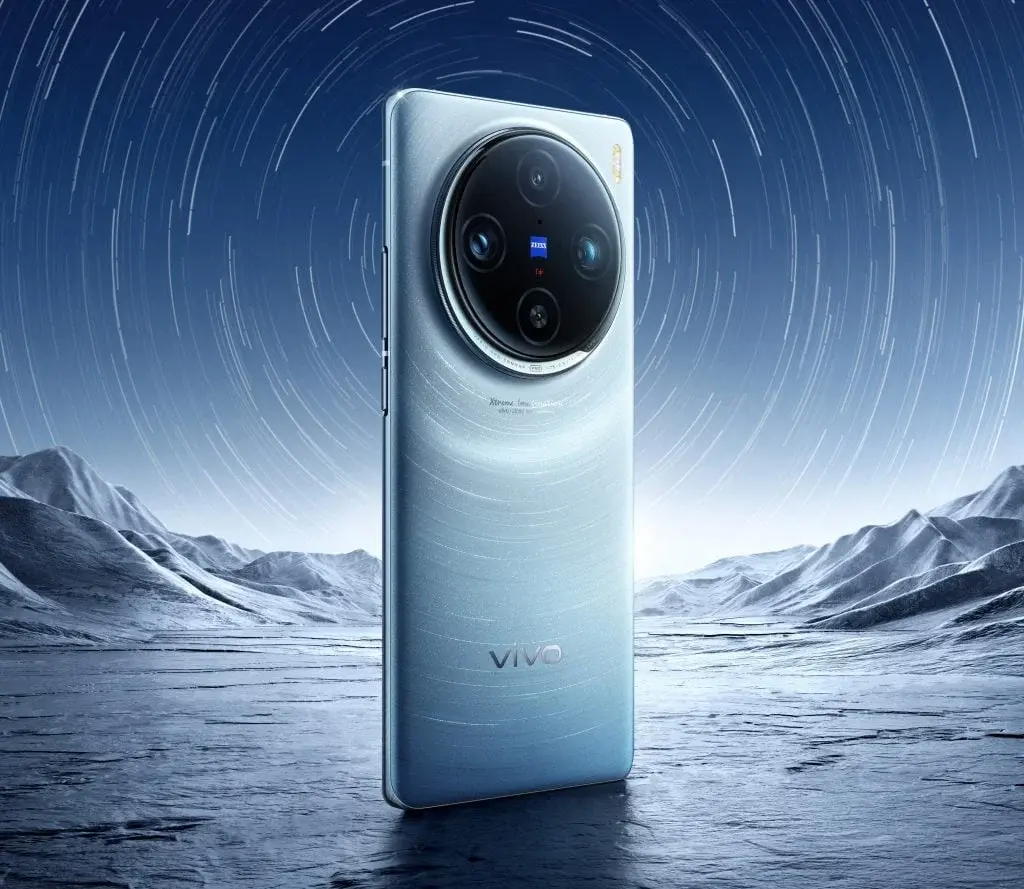The latest Vivo X100 Pro+ is currently undergoing testing to incorporate satellite communication capabilities. While the Vivo X100 series was introduced in November, featuring the Vivo X100 and Vivo X100 Pro models, the Pro+ variant, which comes with satellite communication functionality, has not yet been officially announced.
Vivo joins other smartphone brands in exploring satellite communication. Huawei, for instance, has already integrated satellite communication features into its flagship phones such as the Huawei Mate 60 Pro. Additionally, the OPPO Find X7 series has officially declared its support for satellite communication technology. The president of the Honor product line has also hinted at satellite communication support in their upcoming flagship, which is expected to debut with the Magic 6. There have been rumors that Xiaomi is testing satellite communication capabilities as well, although it remains uncertain if the Xiaomi 14 Ultra will include this feature.
It's not just mainstream phone brands that are venturing into this innovative space. In November, China Telecom introduced the Tianyi Bolton S9, a 5G satellite dual-mode communication phone priced at 4599 yuan (~$650). This device features a built-in satellite antenna and maintains the traditional phone form factor without requiring SIM card or number changes. The Tianyi Bolton S9 incorporates China's self-developed Tiantong satellite mobile communication system, enabling two-way Tiantong satellite voice communication and ensuring uninterrupted nationwide communication.
Vivo's decision to test satellite communication in the X100 Pro+ indicates a growing interest in this feature among both manufacturers and consumers. With various players in the industry actively exploring this technology, it is anticipated that satellite communication will become a standard feature in mobile devices in the near future.


Leave a Reply